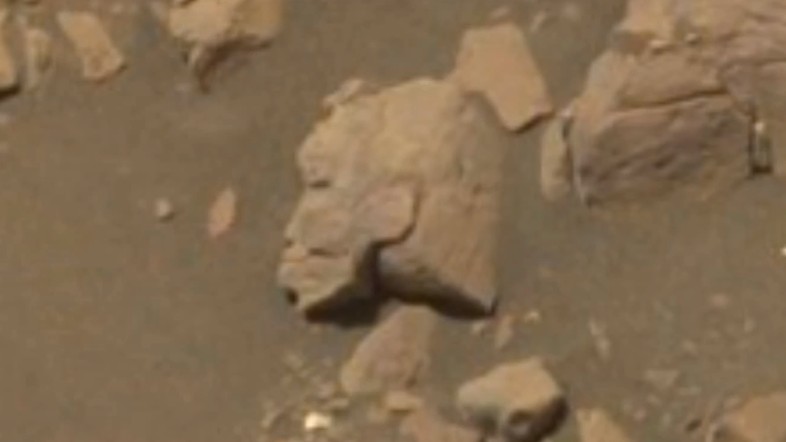
These experiments generated undulations on the simulated ice surface that were similar in size and shape to those the team observed on the real ice cap surface. The researchers also varied the amount of geothermal heat coming from inside the planet.

#Controversy over the face of mars Patch#
They then inserted a patch of reduced bed friction in the simulated ice sheet bed where water, if present, would allow the ice to slide and speed up. They ran computer model simulations of ice flow, adapted to specific conditions on Mars. The team then tested whether the observed undulation on the surface of the ice could be explained by liquid water at the bed. This is similar in scale to undulations over subglacial lakes here on Earth. Their analysis revealed a 10-15 kilometre-long surface undulation comprising a depression and a corresponding raised area, both of which deviate from the surrounding ice surface by several metres. The team, including researchers from the University of Nantes, University College, Dublin, and the Open University, used a range of techniques to examine data from NASA's Mars Global Surveyor satellite of the surface topography of the part of Mars’ south polar ice cap where the radar signal was identified. This in turn affects the shape of the ice sheet surface above the lake, often creating a depression in the ice surface followed by a raised area further down-flow. The water in subglacial lakes lowers friction between the ice sheet and its bed, affecting the velocity of ice flow under gravity. On Earth, subglacial lakes affect the shape of the overlying ice sheet - its surface topography. "The combination of the new topographic evidence, our computer model results, and the radar data make it much more likely that at least one area of subglacial liquid water exists on Mars today, and that Mars must still be geothermally active in order to keep the water beneath the ice cap liquid," said Professor Neil Arnold from Cambridge's Scott Polar Research Institute, who led the research. Given the cold climate conditions, liquid water beneath the ice cap would require an additional heat source, such as geothermal heat from within the planet, at levels above those expected for present-day Mars.


 0 kommentar(er)
0 kommentar(er)
